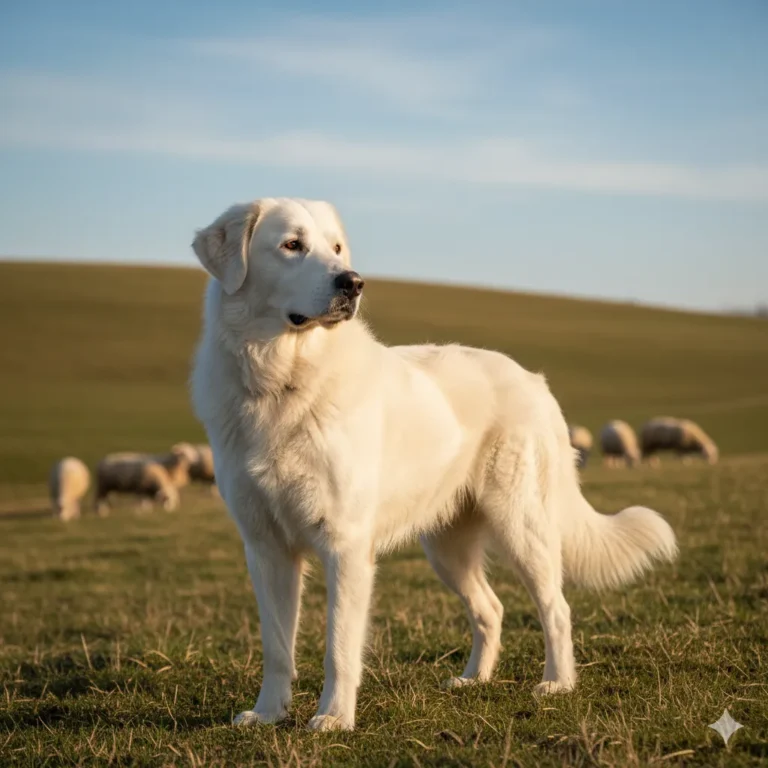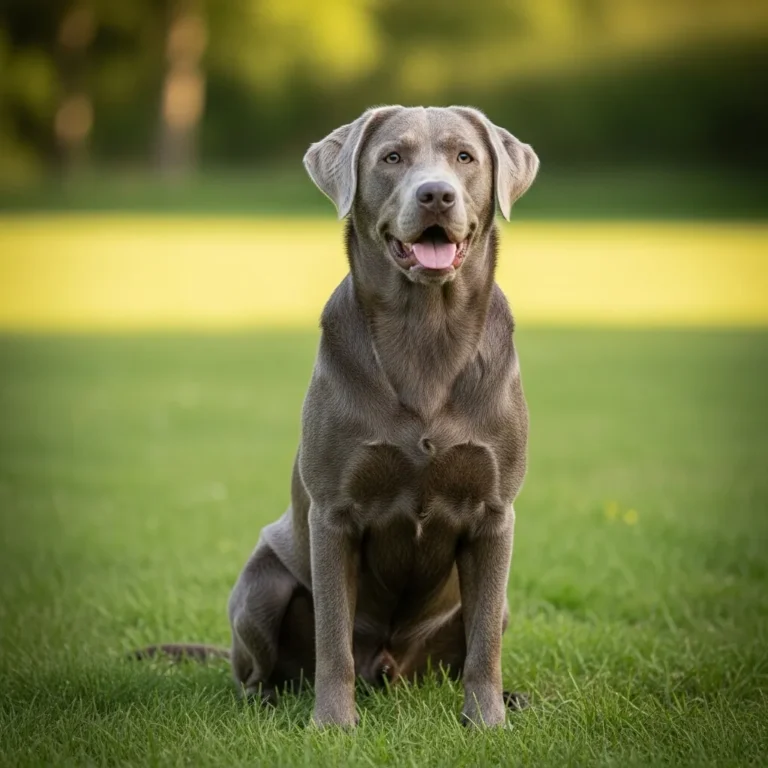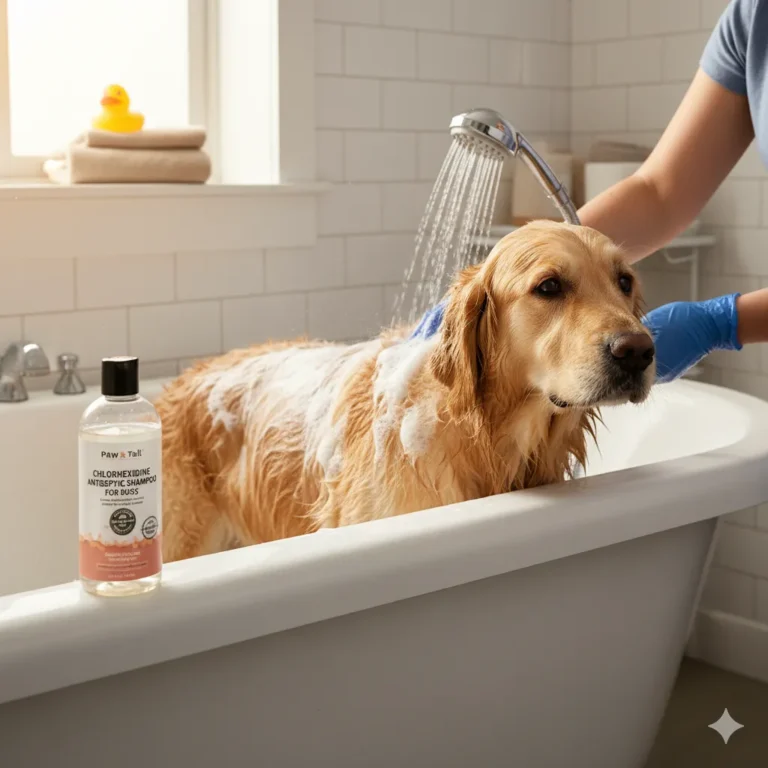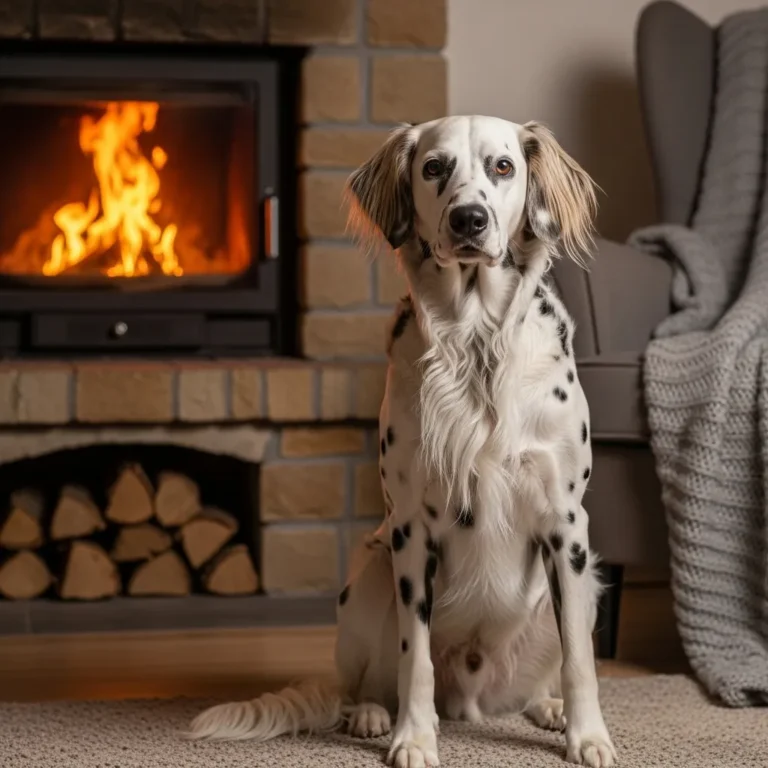
Author: DogsBlogSS Team
⚠️ Disclaimer: This article is for informational purposes only and is not a substitute for consulting a veterinarian.
f1b goldendoodle
Have you ever met a dog that seems to check all the boxes — affectionate, smart, good with kids, and even more allergy‑friendly than most? Let me introduce you to the world of the f1b goldendoodle, a hybrid dog breed that has charmed many families. In this article, we’ll walk through everything you’d want to know: what the f1b designation actually means, how it differs from other generations, what you can expect in terms of size, coat, temperament, health, care, and how to decide if one is the right match for you. Think of this as your friendly deep dive into dander‑free cuddles and curly coats (mostly).
What exactly is an F1B Goldendoodle?
An f1b goldendoodle is a specific generation of the cross between a purebred Golden Retriever and a purebred Poodle — but with a little extra twist. Instead of being simply a 50/50 mix, an F1B is typically a back‐cross: an F1 goldendoodle (which is 50 % Golden Retriever + 50 % Poodle) bred back with a purebred parent (typically a Poodle) so that the resulting dog has roughly 75 % Poodle genes and 25 % Golden Retriever. (According to DogAcademy.org)
Visually and temperament‑wise you’ll often see more Poodle‑influence in the coat (curlier or wavier) and less shedding (although no dog is truly non‑shedding). According to one guide: “The ‘b’ in F1B simply means bred back to a purebred parent.” (According to Much Ado About Doodles)
How does an F1B Goldendoodle differ from an F1 or F2 Goldendoodle?
Here’s how the generations compare:
- An F1 Goldendoodle is the first generation: a purebred Golden Retriever × purebred Poodle (50/50). (According to JennaLee Doodles)
- An F1B is where an F1 is bred back to one of the original parent breeds (usually a Poodle). That gives you that higher Poodle percentage. (According to farmerdoodles.com)
- An F2 Goldendoodle is the cross of two F1 Goldendoodles. That means you’re back to 50/50 ratios in theory, but more genetic mix and therefore more unpredictability in coat, shedding, and size. (According to JennaLee Doodles)
So when you’re choosing a dog, the generation gives you a clue about coat type and shedding potential (and sometimes temperament). For allergy‑sensitive families, many breeders point to F1B or deeper generations as the more reliable “low‑shed” options. (According to Much Ado About Doodles)
What does the “F1B” designation mean in terms of generations?
Breaking down the term:
- “F” stands for “filial,” indicating generational offspring in cross‑breeding. (According to goldendoodleassociation.com)
- “1” refers to “first generation” (in this case from the original Golden Retriever × Poodle cross).
- “B” stands for “back‑cross,” meaning one of the parents is a purebred of one of the original breeds (usually Poodle). So F1B = first generation back‑cross. (According to goldendoodles.net)
In practice this means: F1 (Golden × Poodle) → breed with Poodle → F1B. The result: around 75 % Poodle genetics. That’s why the coat may take on more Poodle‑like characteristics. (According to DogAcademy.org)
What are the parent breeds of an F1B Goldendoodle?
The two essential breeds involved are:
- Golden Retriever – known for a friendly, outgoing temperament, good with families.
- Poodle – known for high intelligence, hypoallergenic coat traits (lower shedding), versatility.
In the case of the F1B, you have a goldendoodle (which itself is a Retriever × Poodle mix) bred back to usually a Poodle. So your parent breeds include both those original lines, but with heavier Poodle influence. (According to DogAcademy.org)
related: Black Goldendoodle Guide & Facts
Characteristics and Traits
What is the typical size and weight of an F1B Goldendoodle?
Because the Poodle side comes in different sizes (Toy, Miniature, Standard) and breeders may choose smaller or larger lines, size for F1B goldendoodles can vary a lot. According to one source: “It’s hard to give an exact height and weight reference … the size will depend on the parents’ sizes.” (According to DogAcademy.org)
As a rough idea:
- A Miniature F1B might range from ~30‑45 lbs (≈14‑20 kg)
- A Standard might be ~45‑70 lbs (≈20‑32 kg) or more
Of course, always check with the breeder for the specific size of the parent dogs.
What colors do F1B Goldendoodles come in?
F1B goldendoodles come in a generous palette of colors. Because you’re blending Golden Retriever and Poodle genetics, you’ll see everything from cream, apricot, red, gold, black, chocolate, parti (two‑tone) and more. The coat color often mirrors the Golden Retriever side in hue, but the texture and curl often lean Poodle‑ward. (According to DogAcademy.org)
What kind of temperament can I expect from an F1B Goldendoodle?
Here’s where things get really sweet: F1B goldendoodles tend to inherit wonderful family‑friendly attributes from both parent breeds. They’re often described as: affectionate, eager to please, intelligent, and good with children. Because Golden Retrievers are known for their warm temperament and Poodles for their smarts, the combination in an F1B becomes highly desirable. According to a breed guide: “F1B goldendoodles make wonderful family dogs … They are friendly, playful, affectionate, loyal.” (According to DogAcademy.org)
Of course, individual temperament will vary, and early socialization and training matter a lot.
Are F1B Goldendoodles good family dogs?
Yes — in most cases a very good choice for a family dog. They tend to be patient with children and adapt well to family routines. Their blend of friendliness (Retriever) and intelligence (Poodle) makes them particularly suited for homes with active kids, playtime and interaction. The key is that you give them the exercise, mental stimulation, and companionship they crave. If they’re left alone too long or under‑stimulated, even the sweetest dog can get into trouble. But overall, many families report they love having an F1B around.
How intelligent are F1B Goldendoodles?
Very intelligent. Both Poodles and Golden Retrievers are among the brightest dog breeds, and a goldendoodle inherits that legacy. That means your F1B is likely to pick up commands quickly, enjoy learning new things, and thrive when given tasks or games. As the trainers at John Soares K9 Training note: “Goldendoodles are highly trainable dogs with a strong desire to please their owners.” (According to John Soares K9 Training)
This intelligence works in your favor — but it also means they must be challenged enough so they don’t get bored.
Coat and Allergies
Are F1B Goldendoodles hypoallergenic?
While no dog is 100% hypoallergenic, F1B goldendoodles are often marketed as the better option for allergy‑sensitive households. Because a higher percentage of Poodle genetics is involved, there’s a greater likelihood of lower shedding coats. According to many sources: if allergy or shedding is a priority, opting for F1B (or further Poodle‑heavy generations) increases the chances. (According to Much Ado About Doodles)
Important caveat: “more likely” doesn’t mean guaranteed. Even within an F1B litter there can be variation in coat type and shedding. Always ask breeders about genetic/coat testing, parents’ shedding history, etc.
What is the typical coat type of an F1B Goldendoodle?
F1B goldendoodles commonly have wavy to curly coats, often more reminiscent of the Poodle side. According to breed guidance: “F1B goldendoodles usually have a curly coat that is more reminiscent of the poodle than the golden retriever.” (According to DogAcademy.org)
That said, straight or wavy coats still occur because you can’t fully predict coat genetics. Some may have straighter faces or slightly less curl. The more curl, generally the less shedding (though not always).
Do F1B Goldendoodles shed? How much?
Yes — some shedding is possible. But largely, they tend to shed less than Golden Retrievers and often less than F1 goldendoodles. Many F1Bs are chosen specifically because they’re “lower‑shed.” According to one generation explanation: around 50% of F1B puppies may inherit the non‑shedding coat traits when bred with a Poodle parent; but the risk of shedding still exists. (According to Much Ado About Doodles)
Practically this means: if shedding is a big issue for you (e.g., serious allergies), you’ll still want to ask the breeder:
- Does the puppy have coat testing?
- What were the shedding levels of the parents?
- What maintenance does the coat require?
With proper grooming and care, many owners find their F1B’s shedding manageable.
What grooming requirements do F1B Goldendoodles have?
Given their coat types (wavy/curly), grooming is important. You’ll want to:
- Brush the coat multiple times per week to prevent mats and tangles.
- Schedule professional grooming every 6‑12 weeks (depending on coat length and curl). Many breed guides recommend this frequency for goldendoodle coats. (According to abcspuppyzs.com)
- Clean ears regularly (poodles have drop‑ears, which means moisture/lint can accumulate and lead to ear infections).
- Trim nails, and brush teeth — basic dog‑care applies.
- Bathe when needed, but not too often (excess bathing can strip natural oils).
In short: while F1Bs are lower‑shed in many cases, they are not no‑maintenance. If you love a dog that looks “fluffy and tidy” you’ll need to commit to the grooming schedule.
Health and Lifespan
What are common health issues in F1B Goldendoodles?
Because F1B goldendoodles are hybrids (Retriever + Poodle) they can inherit health potentials from both parent lines. Some common concerns include:
- Hip dysplasia and elbow dysplasia (more common in larger dogs) — noted in goldendoodle‑care guides. (According to abcspuppyzs.com)
- Progressive Retinal Atrophy (PRA) — a condition seen in goldendoodle lines. (According to abcspuppyzs.com)
- Gastric dilatation and volvulus (bloat) — especially in deep‑chested dogs. (According to abcspuppyzs.com)
- Ear infections (especially if grooming is neglected).
- Joint issues (given size variation) and other breed‑specific concerns depending on the parent lines.
The key point: choosing a breeder who performs health screening on both parents is crucial. Being proactive with vet visits, maintaining healthy weight and exercise regimes will help.
What is the average lifespan of an F1B Goldendoodle?
Many sources suggest a general lifespan around 10‑15 years for goldendoodle types, though size and health play big roles. (According to DogAcademy.org) Larger dogs tend to have shorter lifespans than smaller. If you opt for a miniature F1B, you might expect the higher end of that range; with a standard size, you might see closer to 10‑12 years under average conditions.
Are F1B Goldendoodles generally healthy dogs?
Yes — when bred responsibly and cared for properly, they can be very healthy, robust companions. Because they are hybrids, there is some benefit of “hybrid vigor” (the idea that mixing breeds can reduce some inherited issues) when done responsibly. (According to goldendoodles.net) But: even hybrid breeds are not immune to genetic issues. Good breeders will test for parent health, avoid closely related matings, and be transparent about risks. So “generally healthy” doesn’t mean “no risk” — it means that with the right care and breeder you set yourself up for success.
Care and Training
How much exercise does an F1B Goldendoodle need?
Exercise needs will vary depending on size (mini vs standard) and individual temperament, but generally:
- Daily walks (at least one good 30‑60 minute session) plus playtime help. (According to abcspuppyzs.com)
- Mental stimulation matters: games, fetch, training, puzzle toys. Because they are smart dogs, if you leave them idle they may invent their own “fun” (which can mean chewing or mischief).
- Socialization: interacting with other dogs, people, new environments helps keep them well‑adjusted.
In short: if you’re mostly a couch‑potato with zero outdoor time, this may not be the best fit. But if you enjoy walks, playtime, maybe a bit of dog‑sports or swimming — great match.
Are F1B Goldendoodles easy to train?
Yes — for the most part they are quite trainable. Their Poodle side brings high intelligence and their Retriever side brings a strong desire to please. Trainer firms like John Soares K9 Training say that goldendoodles are “some of the best to train.” (According to John Soares K9 Training) Key to success: consistent positive reinforcement, early socialization, and setting clear expectations.
Because they’re so eager to please, it can actually be a joy to train them — the bond you build through training is a great part of the experience.
What kind of training is best for an F1B Goldendoodle puppy?
For a puppy F1B, a good training roadmap might include:
- Crate training and potty training early (helps structure the home routine).
- Basic obedience: sit, stay, come, leash walking — short sessions (5‑10 minutes) are best for young puppies. (According to Rover.com)
- Socialization: exposing the puppy to varied experiences (people, animals, surfaces, sights, noise) during the first few months. This sets up confidence. (According to Rover.com)
- Mental games: treat‑puzzles, hide‑and‑seek, toy retrieval, interactive play.
- Grooming habituation: getting the puppy used to being brushed, having ears cleaned, nails trimmed. If they’ll have a curly coat they should get used to the grooming routine early.
Start early, keep it fun, reward good behaviour, stay consistent — you’ll set up a great foundation.
How much does an F1B Goldendoodle cost?
Cost varies widely depending on breeder quality, size (mini vs standard), coat type, location, and health testing done. While I won’t quote exact numbers (they fluctuate), it’s safe to say that because F1B goldendoodles are highly sought after (especially for hypo‑allergy potential) they often command higher prices than simpler crosses. Before making a purchase:
- Ask what’s included in the price (health testing, vet check, microchip, contract, puppy materials).
- Ask for parent information (size, health history, coat type).
- Visit the breeder (or at least have a good video call) and see the puppy’s living conditions.
Yes, be prepared — but think of it as an investment in a lifetime companion.
Before You Get an F1B Goldendoodle
Is an F1B Goldendoodle the right dog for me?
Good question. Here are the factors to ask yourself:
- Do I have the time and willingness to commit to grooming (brushing, professional grooming, ear cleaning)?
- Will I provide regular exercise, play, mental stimulation?
- Are allergies a concern? If yes, then F1B may be a good match—but still ask questions.
- Do I have the budget (initial purchase + ongoing care: food, vet, grooming, training)?
- Do I live in a space where a dog of the expected size will be comfortable (yard, walks, indoor space)?
- Am I ready to bring a dog into my life for 10+ years?
If you answered “yes” to most of these, then an F1B goldendoodle may be an excellent companion. If you answered “no” to many, you might consider a lower‑maintenance breed or a smaller size, or wait until your schedule is more flexible.
Where can I find a reputable F1B Goldendoodle breeder?
Here’s a short checklist to guide you:
- Look for breeders who are members of breed‑association organizations (such as the Goldendoodle Association of North America) and who follow ethical practices. (According to goldendoodleassociation.com)
- Ask to see health test results for the parents (hips, elbows, eye health, PRA, etc.).
- Ask about how the puppies were raised (socialization, environment, living conditions).
- Visit in person or via live video. Meet the parents (or at least one) if possible.
- Get a written contract and health guarantee.
- Be wary of breeders who always have puppies available (that can be a red flag), or who cannot answer basic questions about parent dogs, generation, coat, shedding. Ethical breeders will ask you questions too (to ensure their puppies go to good homes).
Take your time. Don’t rush. A good breeder will appreciate your questions; a not‑so‑good one might dodge them.
What should I look for in an F1B Goldendoodle puppy?
When you’re finally ready and visiting a litter, pay attention to:
- The puppy’s behavior: bright, curious, not overly shy or fearful.
- Coat sample: ask what the parents’ coat types/shredding levels are.
- Health and body condition: clear eyes, clean ears, no signs of illness, active.
- Environment: are the puppies living in a clean, safe, socialized space? Are they used to being handled?
- Documentation: parent health tests, generation information, contract, microchip or at least scheduled microchip, and what happens if there’s a health issue.
- Interaction with the breeder: Do they have realistic expectations for you as a new owner? Do they give you a packet of care instructions, do they support you after purchase?
Once you bring a puppy home: set up a good routine, continue socialization/training, and enjoy building that special bond.
Conclusion
Choosing a furry companion is one of the most rewarding decisions you can make — and if an goldendoodle f1b is on your radar, you’re likely considering a dog that blends intelligence, warmth, family‑friendly nature, and that much‑coveted lower‑shed coat. By understanding what the F1B designation means, comparing it to other generations, knowing what to expect in terms of size, coat, temperament, health, care and training — you’re putting yourself in a strong position to choose wisely and happily.
Remember: a dog isn’t just a purchase — it’s a life partner for many years. When you find the right match, with the right breeder, with the right level of commitment — you will likely get a companion who brings joy, laughter, cuddles, and a little bit of fluff into your everyday life. Here’s to many happy walks, playtime, and companionship ahead!
Notice : The DogsBlogSS editorial team is dedicated to providing accurate, research-based information about dog health, behavior, and care. All our articles are fact-checked using trusted veterinary sources such as VCA Hospitals, Merck Vet Manual, and the AKC.
you may like it








